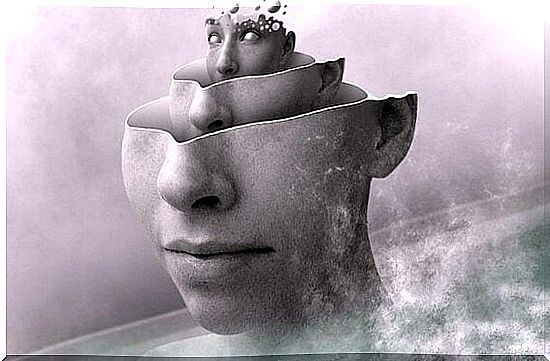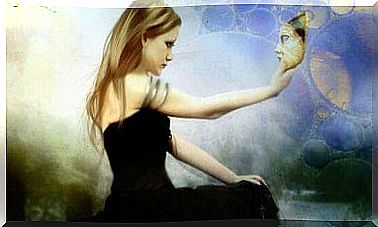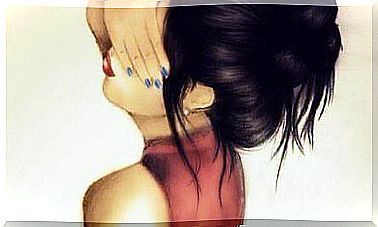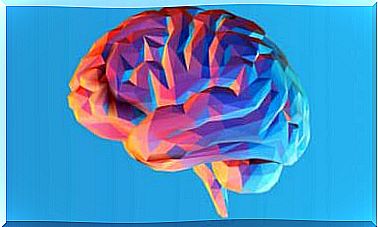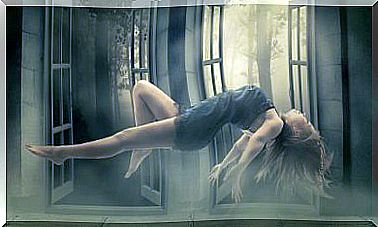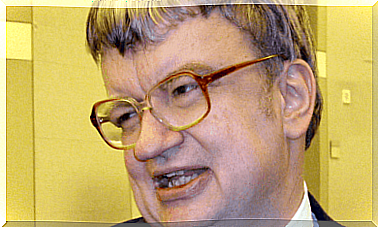The Science Of Dreams
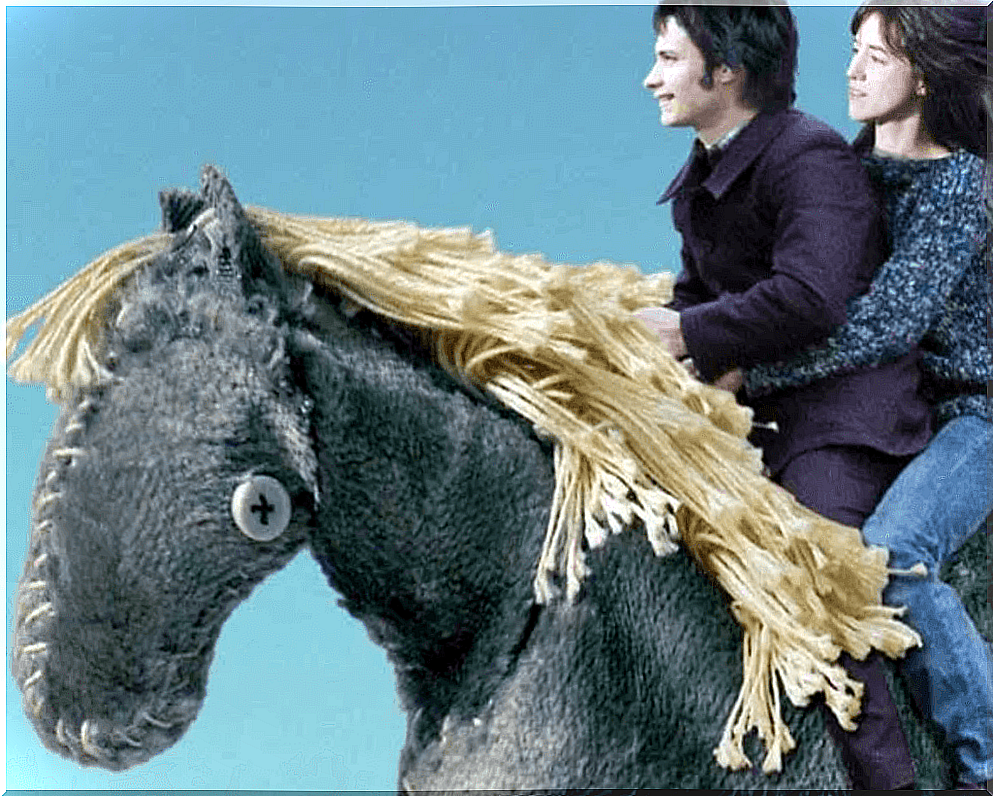
In The Science of Dreams , a strange effect appears called synchronized parallel randomness. But what is it exactly?
It is based on the curious idea that our brains can create an incredibly complex loop. It’s not about our minds communicating (telepathy). But rather that we move in the same direction with every step we take.
The Science of Dreams is a film about the surreal and exciting world of dreams. It tells the story of Stéphane (Gael García Bernal), a young graphic designer whose brain is involved in a television show in constant competition with reality.
For perhaps more than 3000 years, dreams have preoccupied humanity as something inexplicable, magical, perhaps loaded with meaning. .. But that escapes us. Sometimes we can experience dreams so vivid and clear that we feel the need to tell them. To tell them to someone. And to make an effort to remember them and verbalize them (Guardiola, 1993).
In this act of memorization and verbalization, an inevitable process of distortion begins. So we always have the feeling that there was something else. What was deeper and harder to explain, what we went through in our sleep.

The Science of Sleep
How are dreams formed? The scientific community does not know the whole process. This therefore opens up a wide range of interpretations, such as that offered by the film The Science of Dreams.
The key to this film, which won the Audience Award at the Sitges Fantastic Film Festival, lies in its peculiar dream theory and the delicate combination of complex ingredients; a textual quote from the movie.
First, we put thoughts at random. Then we add a pinch of memories from the day, mixed in with some memories from the past. The love, the friendships, the relationships and all those words with the songs heard during the day, the things that we saw and also something personal. And we start to stir …
Having approached dreams in a surreal and somewhat irrational way, which is their own contingency, we will analyze dreams from a more pragmatic and scientific point of view.
What are daydreams?
Daydreams are conscious experiences that occur during sleep in the form of dramatic narrative representations, usually unintentional. They involve and relate sensory, imaginary, cognitive, affective and motor mental states and processes (Guardiola, 1993).
Although reveries often have a particular aspect of strangeness and discontinuity, they are, at the same time, the representation of a personal reality. They provide material that can be contrasted with recent and old memories (Guardiola, 1993).
In turn, a reverie can be stored in memory and compared to future events, occurrences and circumstances. We can imagine what the journey we are going to take, the dangers we will face and what we would like to happen.
These daydreams also have a high probability of being fulfilled in the future. This gives dreams a false premonitory character (Guardiola, 1993).
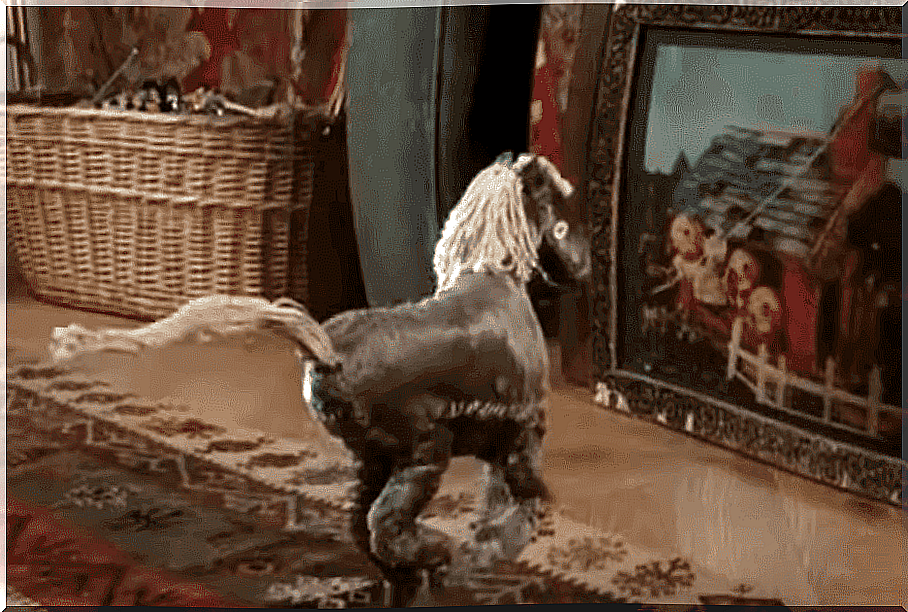
Dreams in science
The study of the mechanisms and functions of states of attention, wakefulness, drowsiness and sleep by neurophysiology and psychiatry is relatively recent. In fact, establishing physiological measures that could be related to mental activity and states of consciousness was not possible until the middle of the last century.
Modern dream research has highlighted the importance of the manifest content of dreams. They are related to the subject’s mental structure, waking thoughts, concepts and concerns (Lombardo & Foschi, 2009).
Neurolinguistics has shown that the process by which the meaning of a word is accessible can be schematized by a module. The rationale for the existence of this module is found in the behavior of patients with brain injuries that selectively affect the input and output dictionary.
During awakening, a word can trigger a series of images and concepts that have characteristics similar to those that occur in daydreams. Thanks to the free association of words method, we can see cognitive elements in common with the structure of dreams during sleep (Lombardo and Foschi, 2009).
